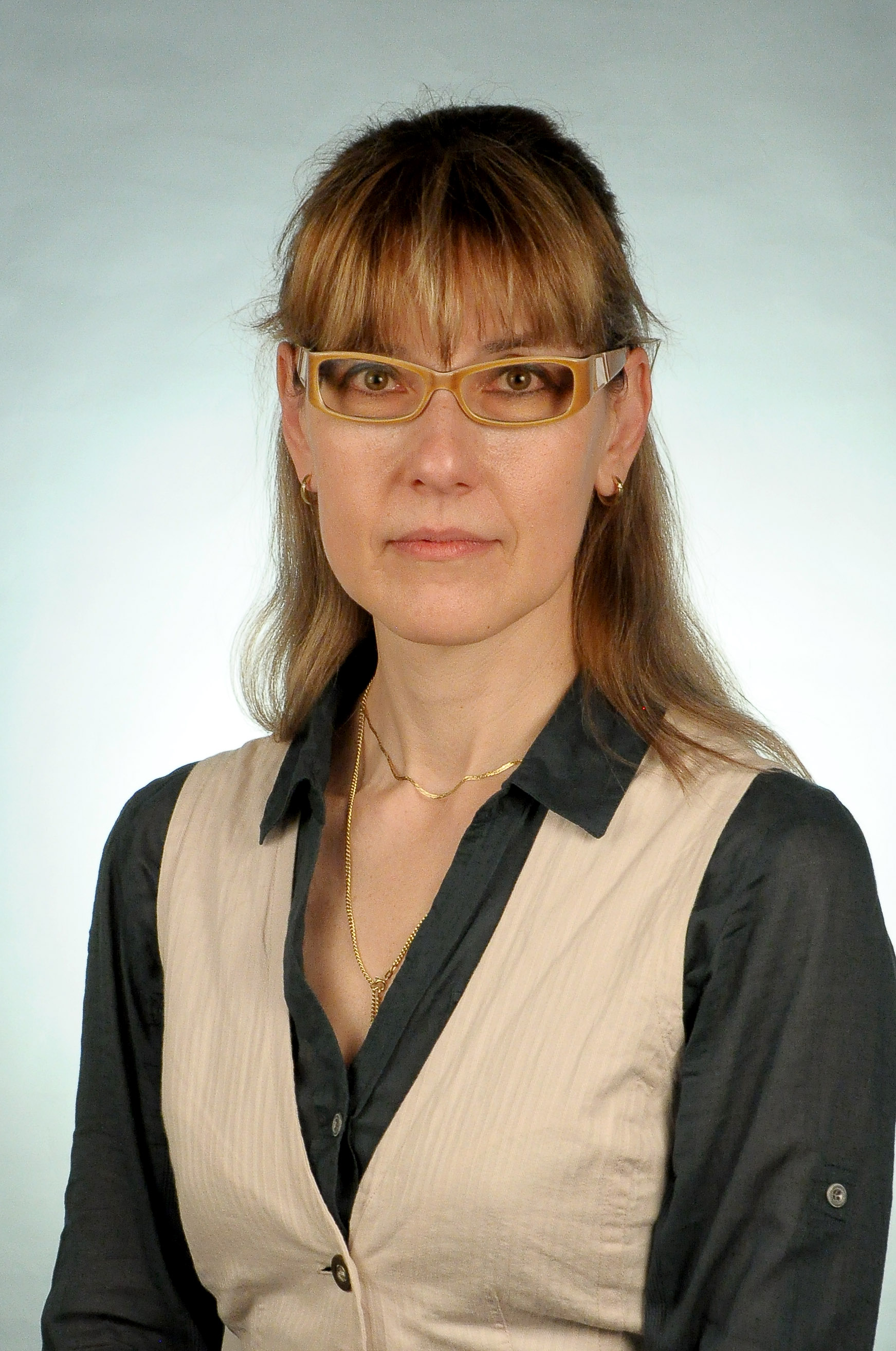


 |
Email:
|
sona.tkacikova@upjs.sk |
|
Homepage:
|
https://www.upjs.sk/LF/zamestnanec/sona.tkacikova | |
|
Faculty:
|
LF UPJŠ
-
Pavol Jozef Šafárik University in Košice Faculty of Medicine
|
|
|
Department:
|
ULBF
-
Department of Medical and Clinical Biophysics
|
|
|
Office:
|
||
|
Phone:
|
||
|
Faculty:
|
LF UPJŠ
-
Pavol Jozef Šafárik University in Košice Faculty of Medicine
|
|
|
Department:
|
ULBF
-
Department of Medical and Clinical Biophysics
|
|
|
Office:
|
||
|
Phone:
|
+421 55 234 3250 | |
|
ORCID ID:
|
0000-0003-4457-7541 |
|
Selected publications
|
|
Towards prevention of ischemia-reperfusion kidney injury: Pre-clinical evaluation of 6-chromanol derivatives and the lead compound SUL-138 [elektronický zdroj] / PC Vogelaar ... [et al.]. - reviewed. In: European Journal of Pharmaceutical Sciences : official journal of the European Federation for Pharmaceutical Sciences (EUFEPS). - ISSN 1879-0720. - Roč. 168, (2022), art. no. 106033, s. [1-15]. - Acces: http://ws.isiknowledge.com/cps/openurl/service?url_ver=Z39.88-2004&rft_id=info:ut/WOS:000708663100005. 10.1016/j.ejps.2021.106033 DOI; WOS CC; CCC; |
|
Kacírová Mária, Bober Peter, Alexovič Michal, Tomková Zuzana, Tkáčiková Soňa, Talian Ivan, - Mederová, Lenka, Bérešová Daniela, Tóth Róbert, Andrašina Igor, Kožlejová Zuzana, Kilík Róbert, Divin Radek, Sabo, Ján:Differential urinary proteomic analysis of endometrial cancer, Physiological research. 2019, no. 4, s. 483-490, IF Q, Citované 2 krát. |
|
Semančíková Erika, Tkáčiková Soňa, Talian Ivan, Pálová Eva, Sabo Ján: Comparison of Sample Preparation Protocols for the Analysis of the Human Platelet Proteome from Whole Blood. Journal Analytical Letters.,2017, no. 9, 1521 - 1530, Citované 1 krát. |
|
Soňa Tkáčiková, Ivan Talian, Ján Sabo: Optimisation of urine sample preparation for shotgun proteomics [elektronický zdroj] / . - Projekt: Budovanie infraštruktúry v centre excelentnosti - SEPO II 26220120039. In: Open Chemistry. - ISSN 2391-5420. - Roč. 18, č. 1 (2020), s. 850-856, online |
|
Soňa Tkáčiková, Ján Sabo: Dentálne kompozitné výplňové materiály ako možný zdroj toxickej záťaže ľudského organizmu. In: Česká stomatologie a Praktické zubní lékařství : časopis České stomatologické společnosti ČLS JEP=Czech dental journal. - ISSN 1213-0613. - Roč. 121, č. 2 (2021), s. 48-54. - DOI 10.51479/cspzl.2021.007 |
|
Selected projects
|
|
The researcher of the project of the European Regional Development Fund OP integrated structure 2014-2020 entitled: Integratívna stratégia v rozvoji personalizovanej medicíny vybraných zhubných nádorových ochorenía jej vplyv na kvalitu života Project acronymt: LISPER Code ITMS2014+: 313011V446 Call Code: OPVaI-VA/DP/2018/1.2.1-08 Operational program: Integrovaná infraštruktúra 2014 – 2020
|
|
The researcher of the APVV project in the area of Basic Research VV - A1 entitled Inovatívna stratégia k diagnostike a terapii karcinómu prsníka na základe zmien proteómu cirkulujúcich leukocytov Project registration number: APVV-19-0476 Project acronym ISDITECAP Department of Science and Technology 30108 - Onkológia Project solution time: 01.07.2020 - 28.06.2024 |
|
The researcher of the project ACARDIO COVID 19 – Analýza kardiovaskulárnej a imunologickej odpovede pacientov po prekonaní COVID-19 so zameraním na výskum nových diagnostických markerov a terapeutických prostriedkov Operational program: 311000 - Operačný program Integrovaná infraštruktúra Activity: 313AUB100001 Výskum nových diagnostických markerov a terapeutických prostriedkov s diagnózou COVID-19 Project solution time: 09/2021 - 05/2023 |
|
The researcher of the project VEGA in the Commission for Medical and Pharmaceutical Sciences entitled Využitie proteomickej analýzy distálnych humánnych tekutín pri stanovení ochorení čeľustno-sánkového kĺbu a pri hodnotení účinnosti liečby pomocou intra-artikulárnej aplikácie kyseliny hyalurónovej Project registration number 1/0196/20 Project solution time: 01/2020 - 12/2022
|
|
Projects
|
|
The reasearch at the Projects from EU structural funds: Name of the project: Centrum excelentnosti pre výskum faktorov ovplyvňujúcich zdravie so zameraním na skupinu marginalizovaných a imunokompromitovaných osôb (CEMIO) ITMS code of the Project: 26220120024 Call Code:OPVaV-2008/2.1/01-SORO Operational program:Výskum a vývoj Duration:01.07.2009 do 30.06.2011 Name of the project: Probiotické mikroorganizmy a bioaktívne látky naturálneho pôvodu pre zdravšiu populáciu Slovenska (PROBIO) ITMS code of the Project: 26220220104 Call code: OPVaV-2009/2.2/04-SORO Duration: 01. 03. 2011 do 28. 02. 2015 Researcher and assistant of the project manager for a project from the Structural Funds EU: Name of the project: Centrum výskumu inovatívnych terapeutických postupov molekulárnej medicíny (MolMed) ITMS code of the Project: 26220220163 Call code: OPVaV-2011/2.2/07-SORO Operational program: Výskum a vývoj Duration: 01.03.2012 do 31.12.2014
|
|
International collaboration
|
|
Charles University in Prague, Faculty of Medicine / Department of Biophysics, V Úvalu 84, 15006 Prague 5 Motol, 23/11/2016 to 25/11/2016, Erasmus +
|
